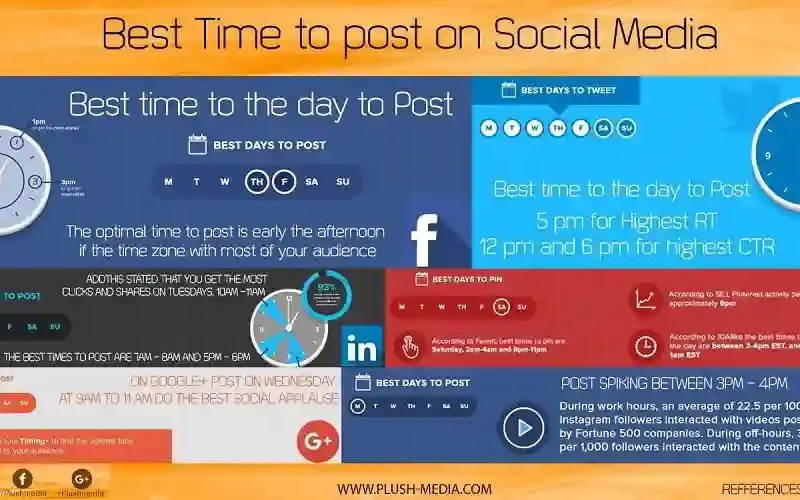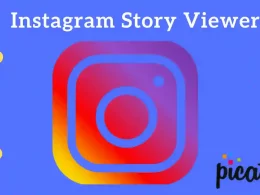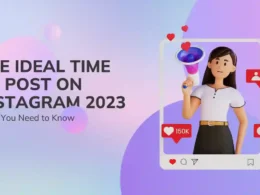In the ever-evolving world of social media, where billions of users are vying for attention, the strategic timing of your posts can be the key to unlocking increased visibility and engagement. While great content remains crucial, understanding when to share it can significantly impact your success on these platforms. In this article, we explore the art and science of strategic timing and how it can elevate your social media game.
The Significance of Timing
Timing is more than just a matter of convenience. It’s a powerful tool that can shape your social media presence in several ways:
1. Maximizing Visibility
Social media algorithms are designed to prioritize recent and engaging content. Posting when your audience is most active can lead to your posts appearing at the top of their feeds, resulting in increased visibility and reach.
2. Reaching the Right Audience
Different audiences have varying online habits and schedules. Understanding when your target audience is most active allows you to tailor your posts to reach them when they are most likely to see and engage with your content.
3. Outshining the Competition
Analyzing the posting habits of your competitors can help you identify gaps in their schedules. Posting when your competitors are less active can make your content stand out and capture the attention of your shared audience.
4. Global Reach
For individuals and brands with an international following, finding the right posting times is essential. Posting at optimal times ensures that your content reaches different time zones effectively, maximizing your global reach.
Crafting a Strategic Posting Schedule
To harness the power of strategic timing on social media, follow these steps:
1. Know Your Audience
Understanding your audience is the foundation of a successful posting schedule. Consider these factors:
- Demographics: Age, location, and profession can influence your audience’s online behavior.
- Behavioral Patterns: Use analytics tools to track when your audience is most active on each platform.
- Feedback and Surveys: Engage with your audience to gather insights into their preferred online hours.
2. Platform-Specific Timing
Different social media platforms have distinct peak times based on user behavior. Here are some general guidelines:
- Facebook: Weekdays, especially during lunch breaks and early afternoons.
- Instagram: Weekdays, with a focus on Tuesday and Thursday, around 11 AM and 1 PM.
- Twitter: Weekdays, around lunchtime (noon to 1 PM) or later in the afternoon (3 PM to 4 PM).
- LinkedIn: Weekdays during business hours, particularly Tuesday, Wednesday, and Thursday.
While these are general recommendations, your specific audience may have different preferences, so always analyze your own data.
3. Experiment and Analyze
Don’t be afraid to experiment with different posting times and measure the engagement metrics of your posts. A/B testing can help you determine what works best for your unique audience. Analyze the data regularly to identify patterns and trends.
4. Consider Content Type
Different types of content may perform better at specific times:
- Educational and Informative Posts: Mornings when people are in a learning mindset.
- Entertainment and Lifestyle Posts: Evenings and weekends when users are more relaxed.
- Interactive Content: Polls, quizzes, and questions can gain more traction during midday breaks when users have time to engage.
5. Adapt to Time Zones
For those with a global audience, managing time zones is crucial. Here’s how to address this challenge:
- Identify Key Markets: Determine where the majority of your audience resides.
- Use Scheduling Tools: Utilize social media scheduling tools to automate posts according to different time zones.
- Create a Balanced Schedule: Aim for a posting schedule that caters to various time zones without overwhelming any specific audience segment.
6. Stay Informed and Consistent
The world of social media is dynamic, and user behaviors evolve. Stay updated with the latest research, industry trends, and platform updates to adapt your posting strategy accordingly. Additionally, consistency in posting is key. It helps build anticipation among your audience and establishes a routine they can rely on.
Conclusion
Strategic timing is a potent weapon in your social media arsenal. By understanding your audience, analyzing platform-specific timing, experimenting, considering content types, adapting to time zones, and staying informed about evolving trends, you can maximize the visibility and engagement of your social media posts. Remember, it’s not just about posting when most people are online; it’s about reaching your specific audience when they are most active and receptive. With a thoughtful, data-driven approach to timing, you can ensure that your content doesn’t just exist in the digital space but thrives, engages, and makes a lasting impact in the fast-paced world of social media.











